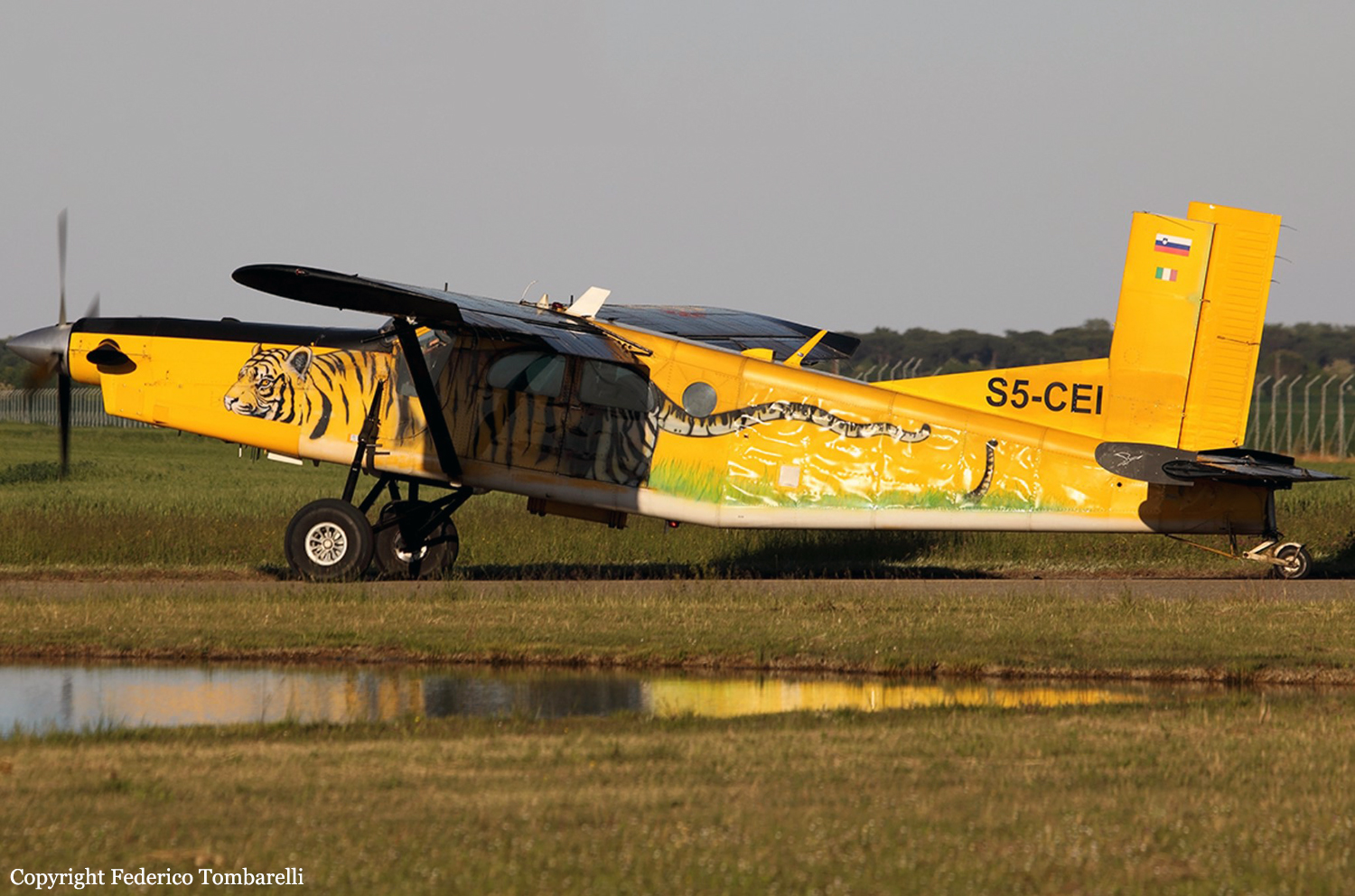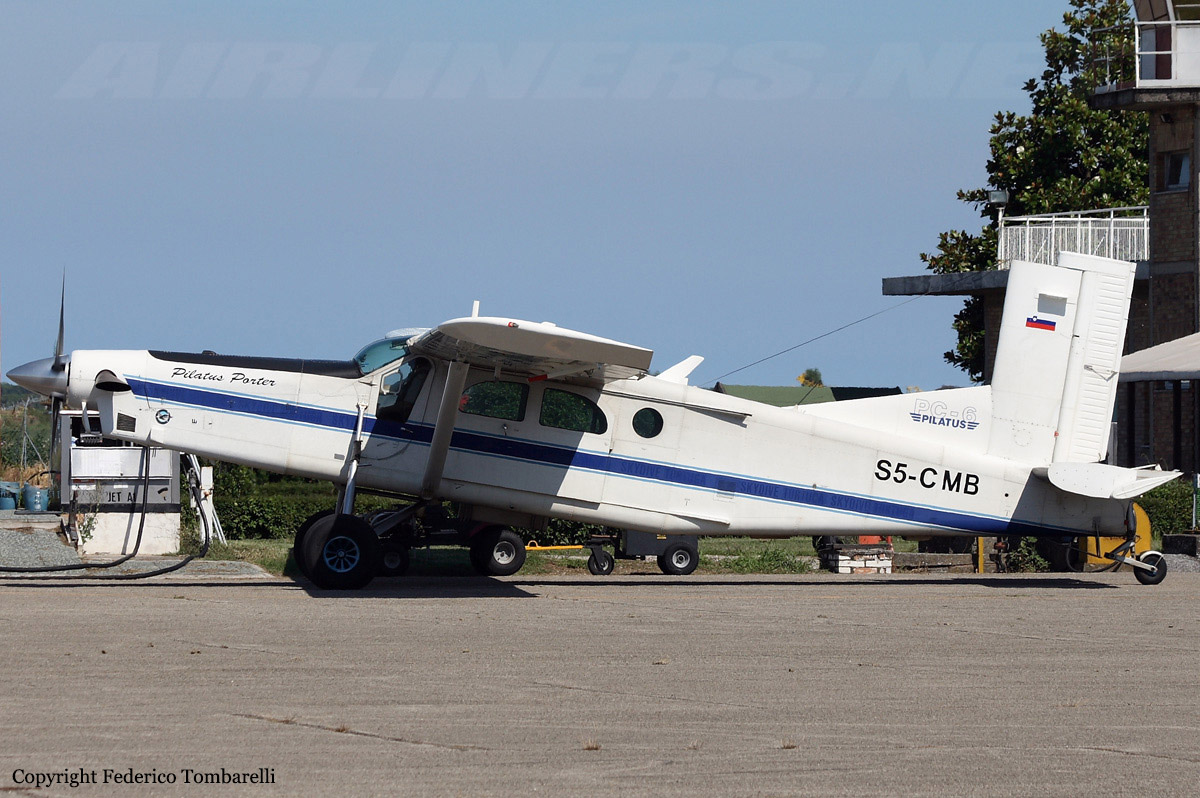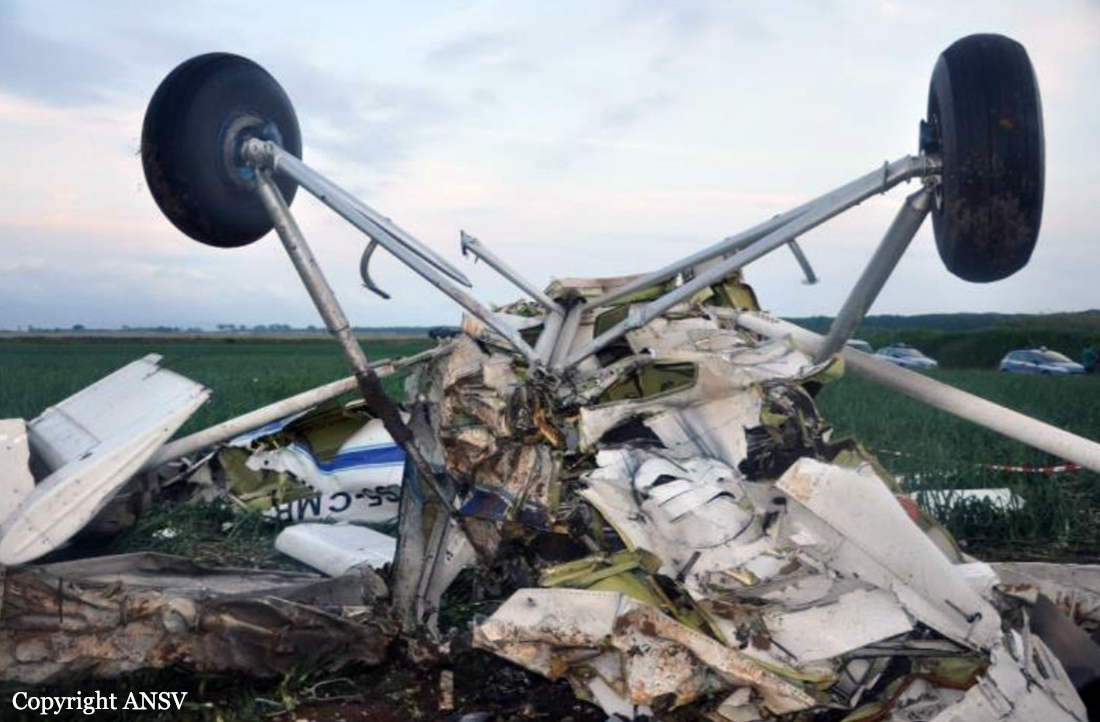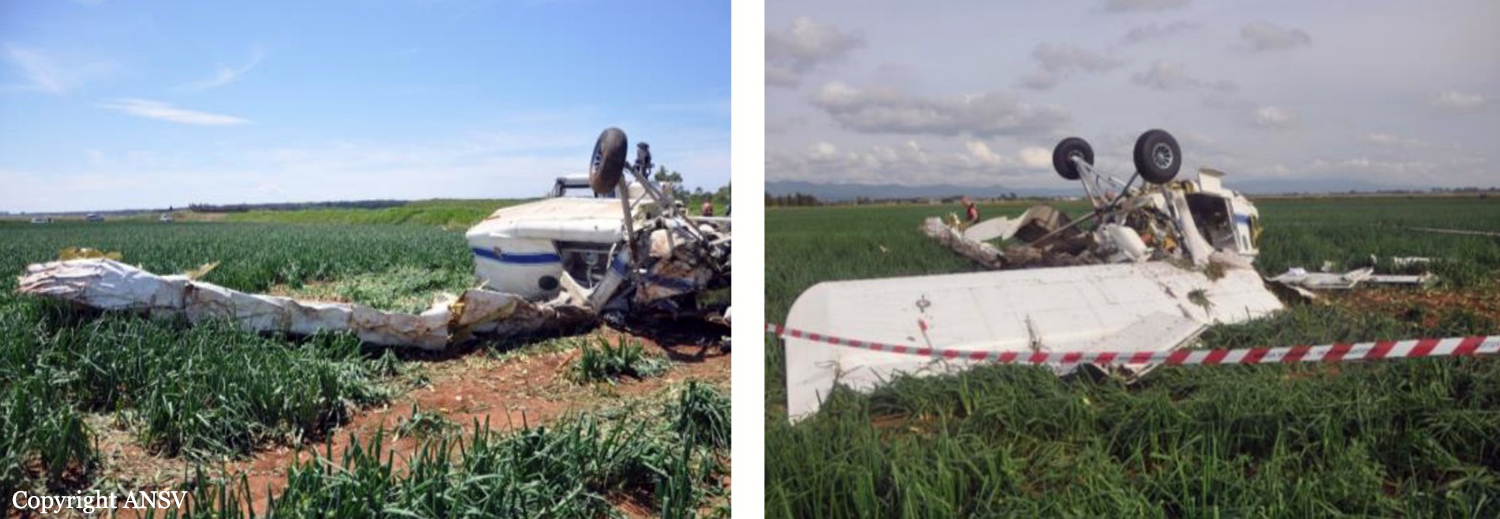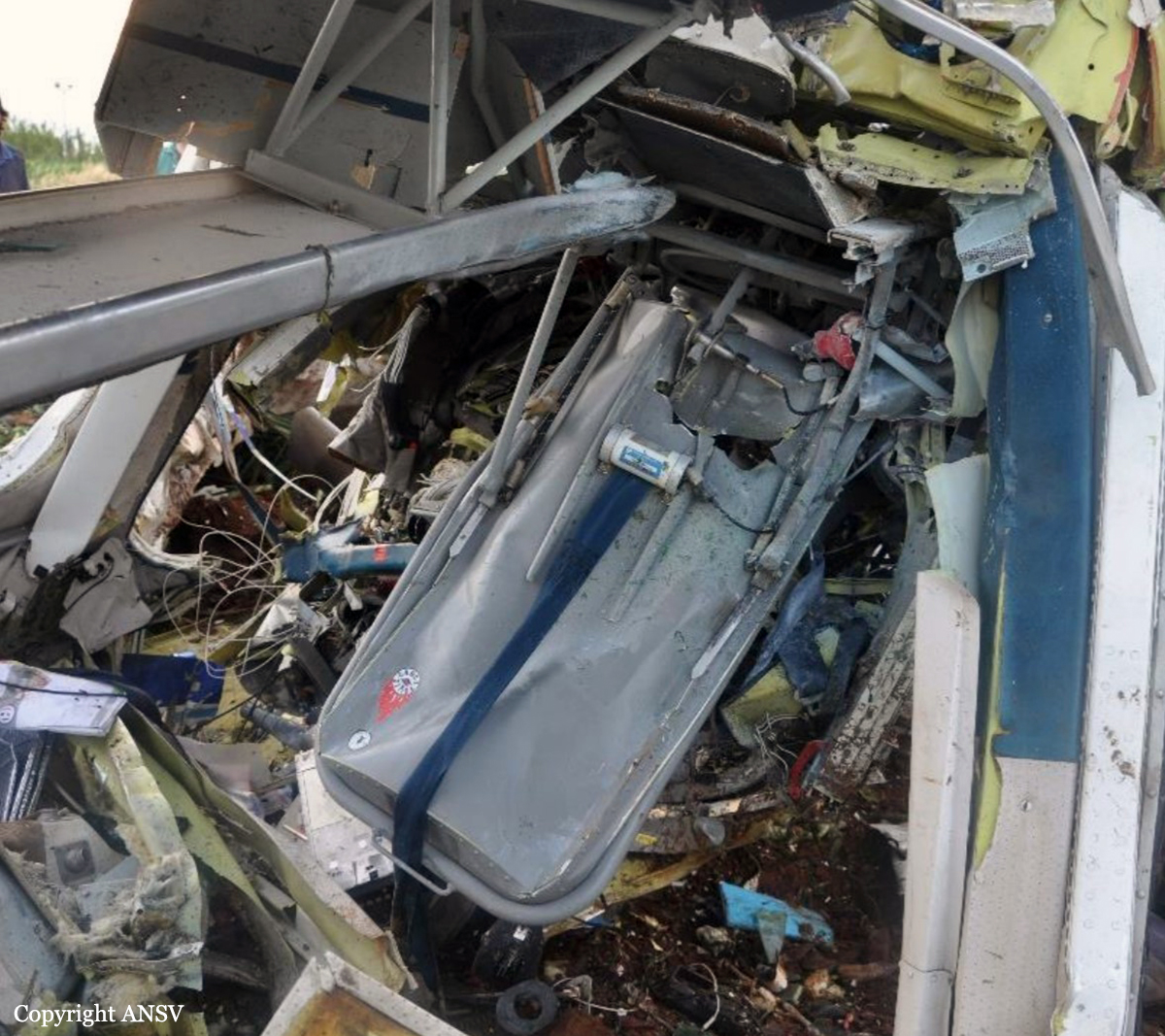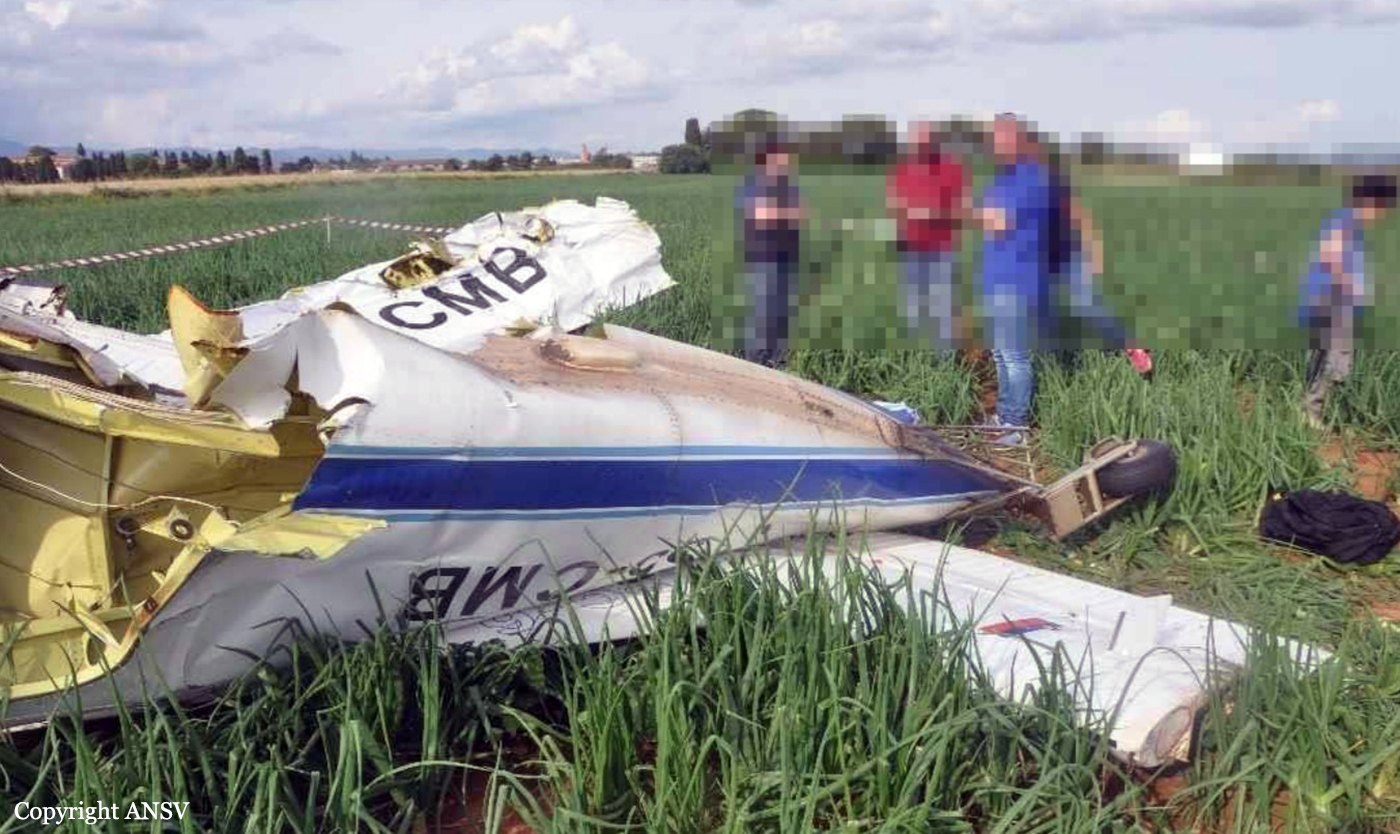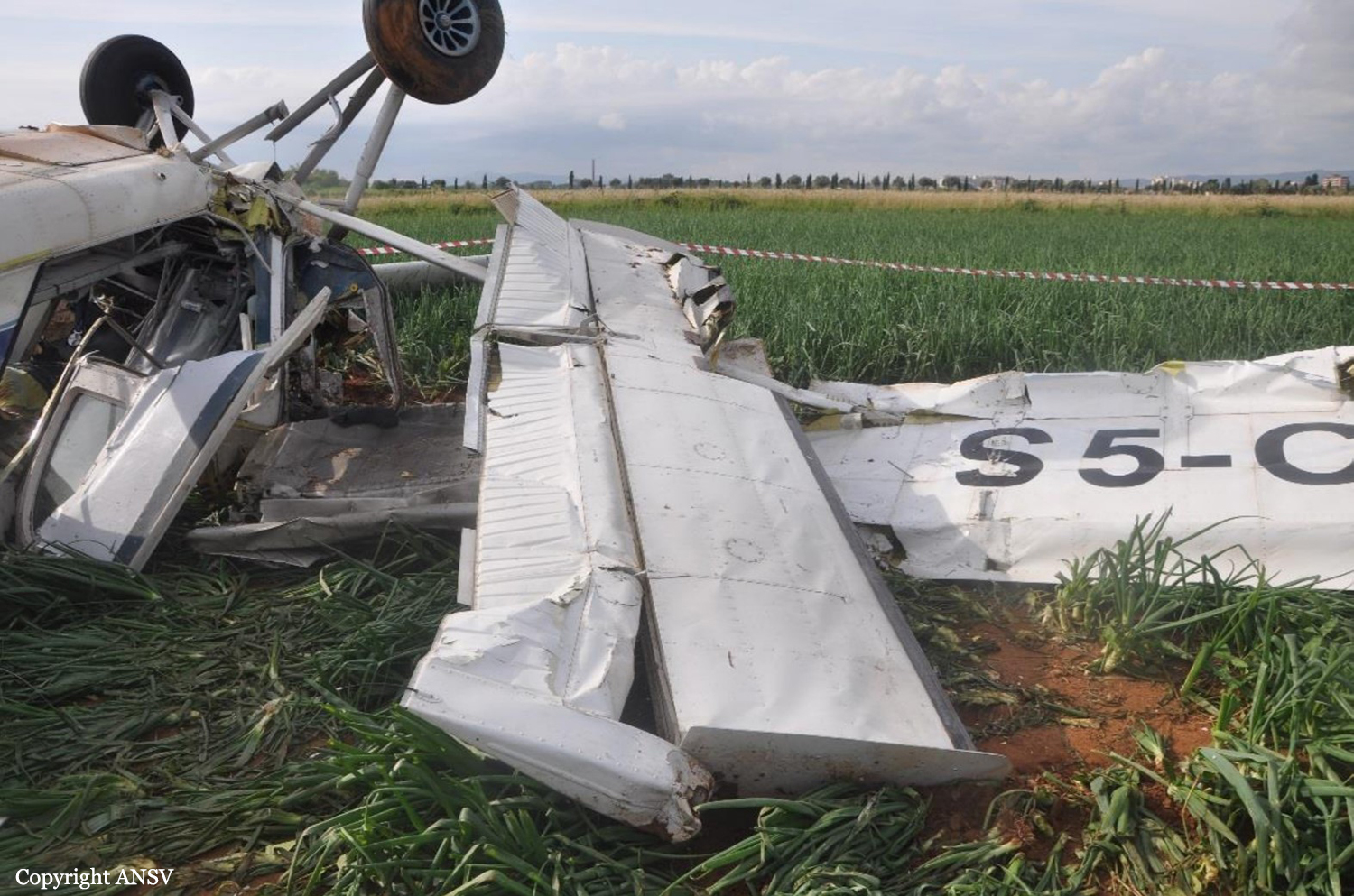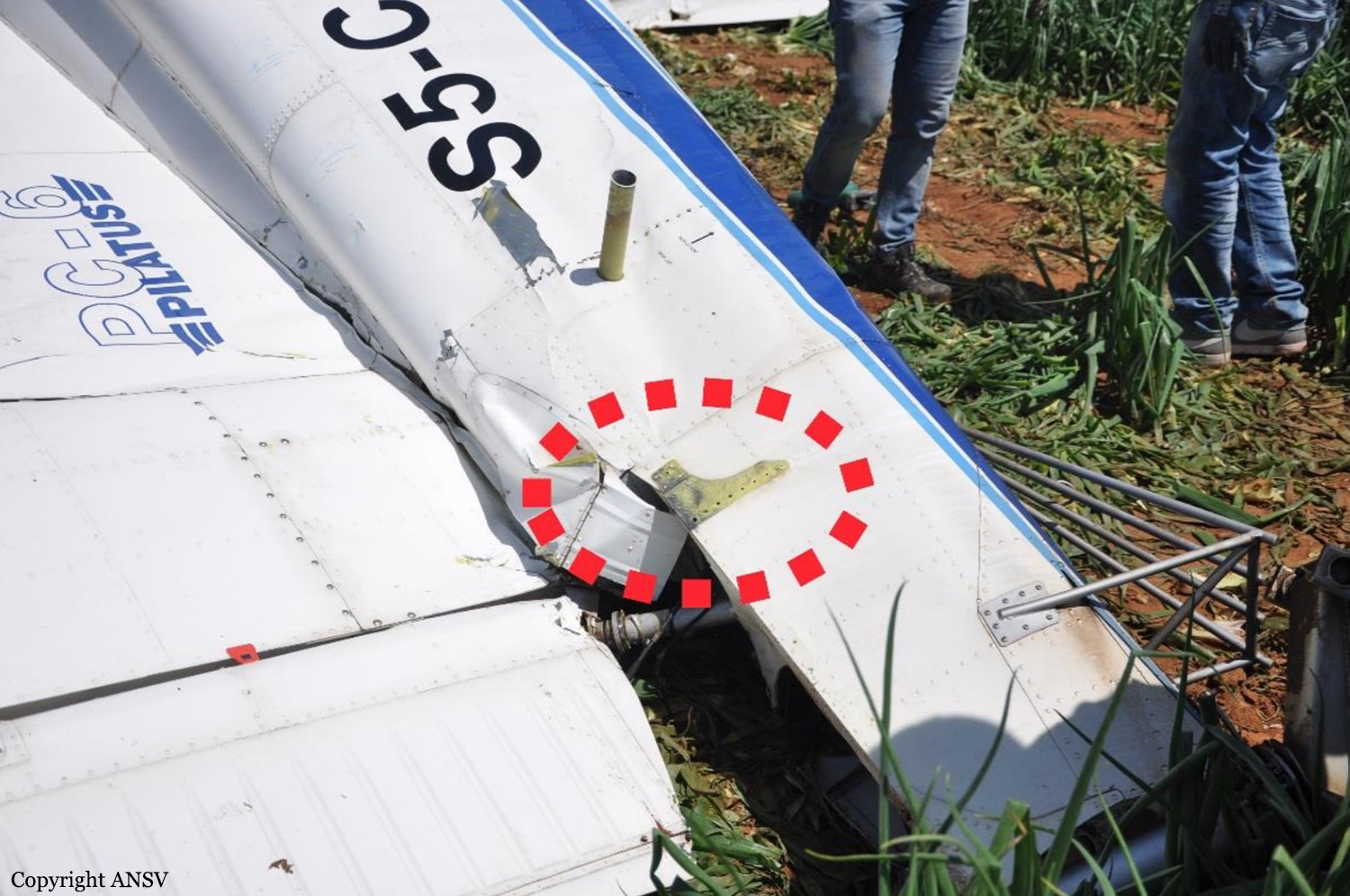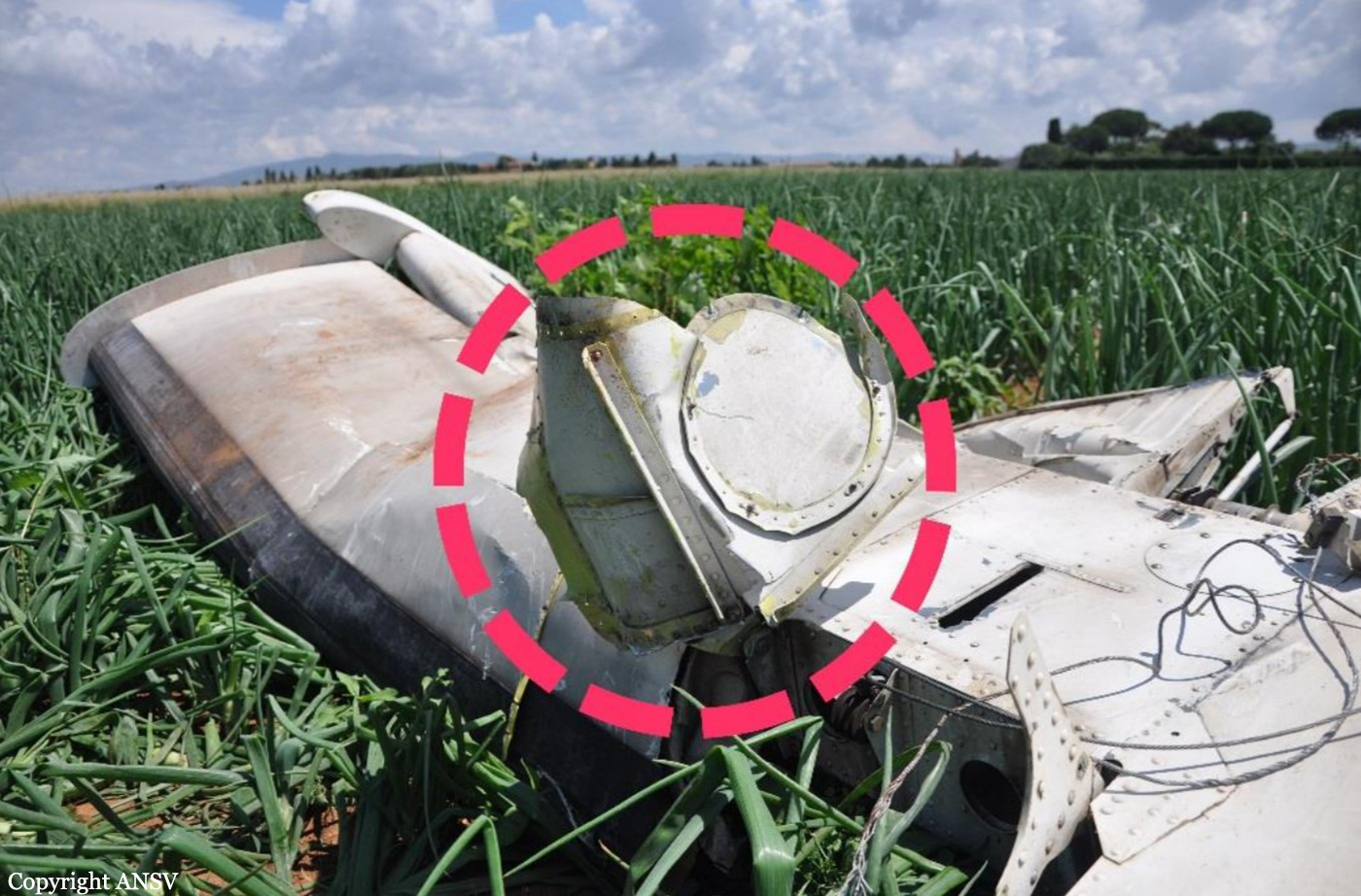Crash of a Pilatus PC-6/B2-H4 Turbo Porter in Cecina
Date & Time:
May 20, 2017 at 1200 LT
Registration:
S5-CEI
Survivors:
Yes
Schedule:
Cecina - Cecina
MSN:
778
YOM:
1977
Crew on board:
1
Crew fatalities:
Pax on board:
0
Pax fatalities:
Other fatalities:
Total fatalities:
0
Circumstances:
The pilot, sole on board, was returning to Cecina Airfield following a skydiving flight in the area. After touchdown on a grassy area, the single engine aircraft veered to the left, impacted a drainage ditch and came to rest. The pilot escaped uninjured and the aircraft was damaged beyond repair.
